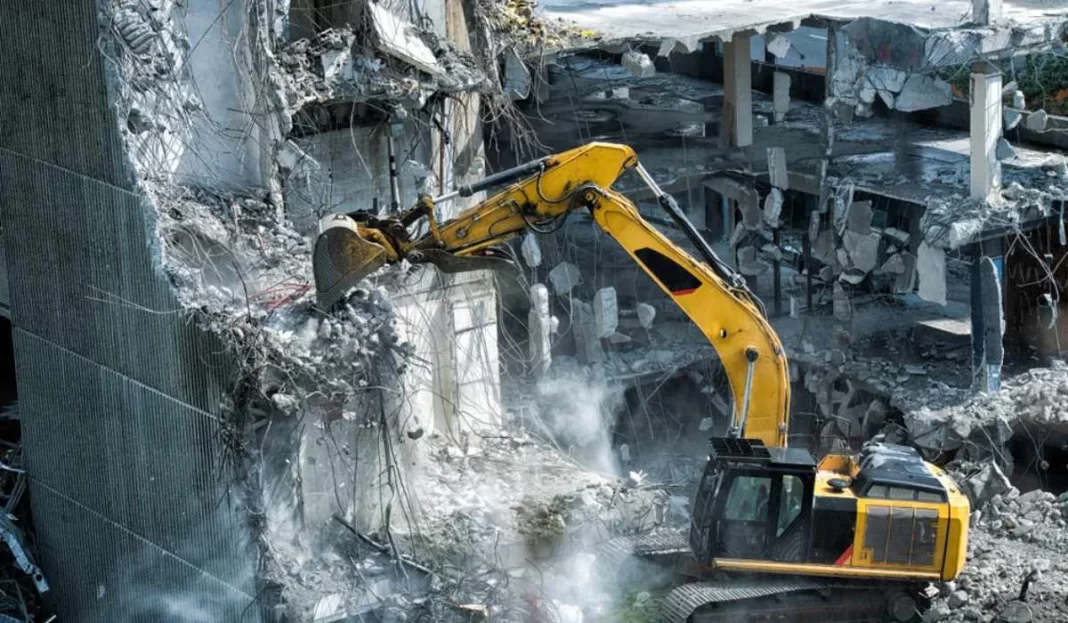As global construction and demolition (C&D) waste surpasses 25% of total waste production, the imperative for sustainable practices intensifies.
Recent research underscores the pivotal role of glass recycling in demolitions, shedding light on its substantial contributions to sustainability and the evolution of circular construction.
Kate Bester , Contracts and Project Manager at Jet Demolition, emphasises the significance of a carefully engineered approach in large-scale, technically challenging projects, dispelling the misconception of demolition as merely ‘reverse construction’.
In C&D waste, recycling emerges as a potent mitigation measure to curtail landslides, lower energy consumption, offset construction industry greenhouse gas emissions, recover valuable materials, create jobs, and preserve natural resources.
Bester underscores the critical role of glass recycling during demolition, highlighting its status as an endlessly recyclable material that, despite its unique resource conservation potential, often ends up in South African landfills or as aggregate.
Efforts to achieve a 50% glass-recycling rate in the United States could divert millions of tons of material from landfills annually, significantly reducing greenhouse gas emissions.
Moreover, glass recycling holds the promise of mitigating emissions from glass manufacturing, a sector responsible for at least 86 million tonnes of carbon dioxide yearly.
Bester acknowledges the challenges facing glass recycling, including safety hazards, transportation costs, and the rise of alternative materials, but underscores its continuing role in circular construction.
However, recycled glass remains a key player in circular construction. The architectural glass industry showcases the potential for a scalable circular economy by developing fire-safe building claddings using recycled glass.
This cladding offers a cost-effective, structurally robust, fire-resistant solution that can be easily recycled upon demolition, demonstrating a circular-economy solution to address a significant waste stream.
The standard glass recycling process in construction and industrial sites comprises four main steps: dismantling, collection, segregation, and treatment.
These steps ensure the safe and practical removal of glass from structures, subsequent collection, segregation from other materials, and treatment to remove pollutants, making the glass ready for recycling.
Bester concludes: “Recycling glass in construction is an environmentally beneficial and crucial consideration for any demolition or refurbishment project.
It plays a vital role in waste reduction, energy conservation, and carbon emission reduction.”
Also Read
Real estate: Are you ready for AI?
What if oil disappeared tomorrow?

